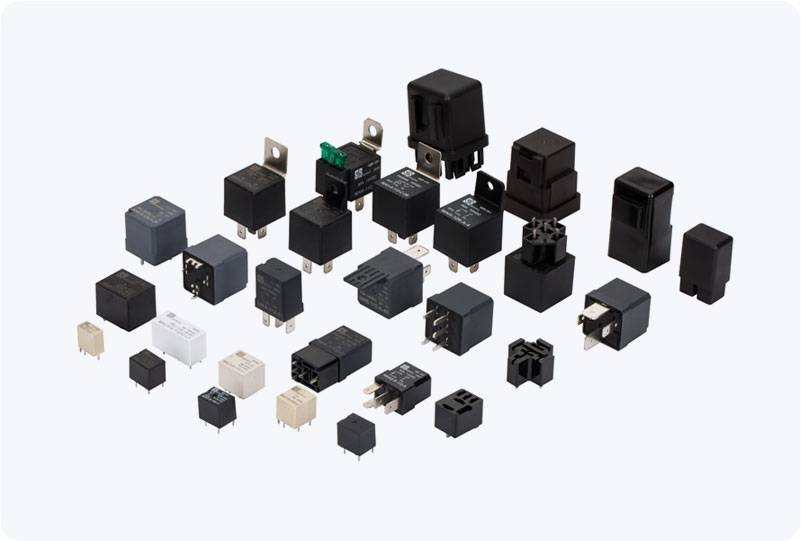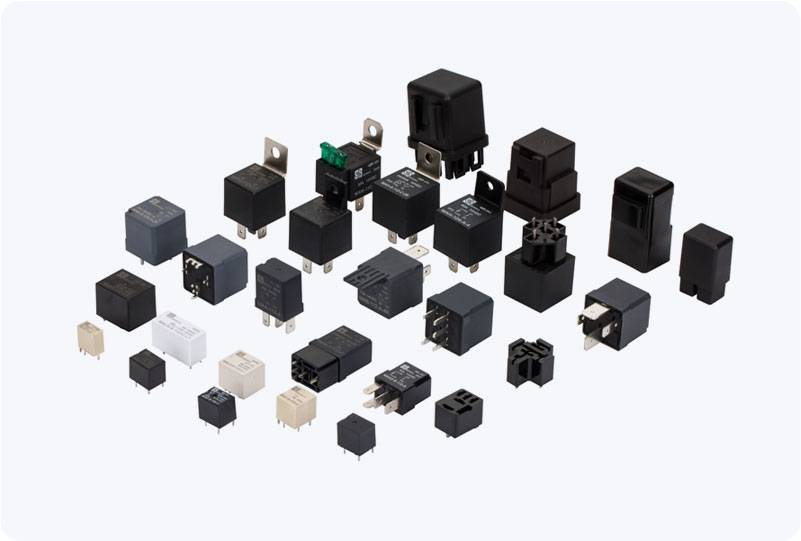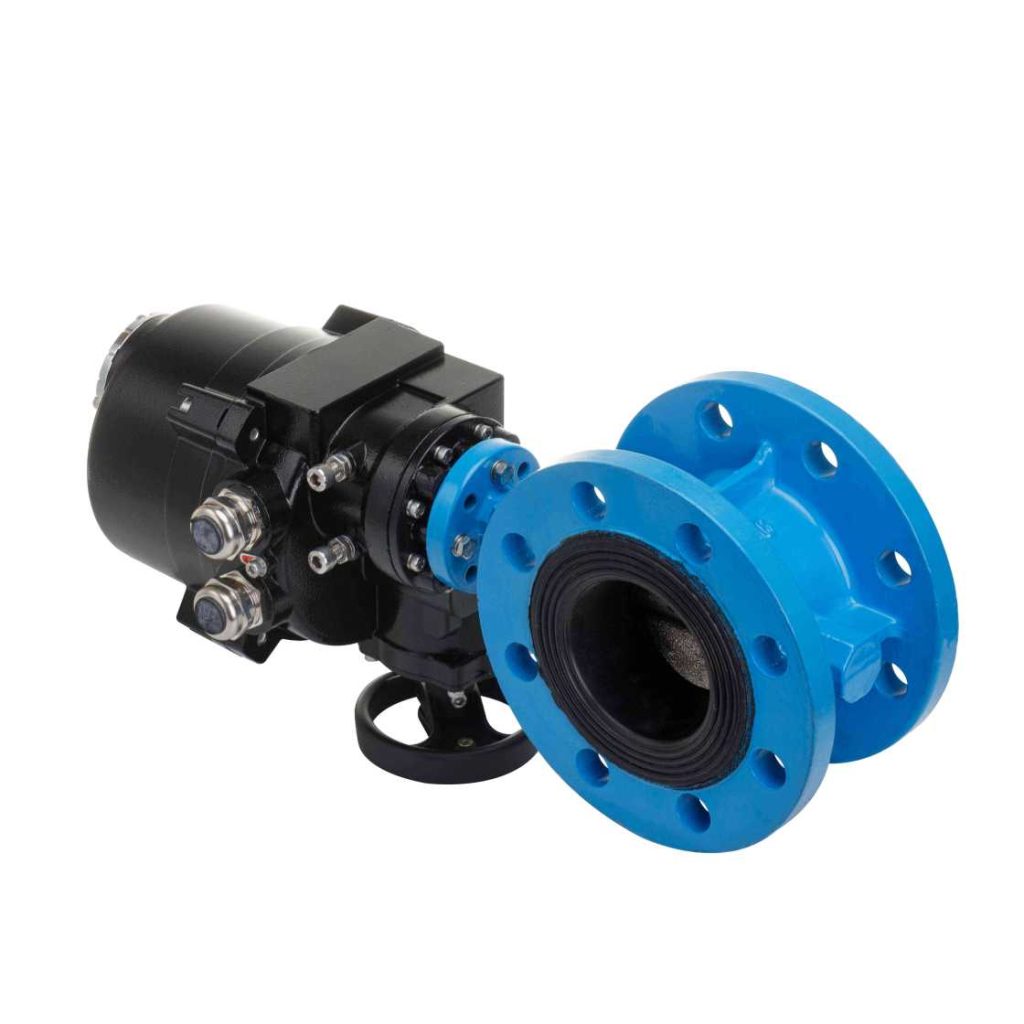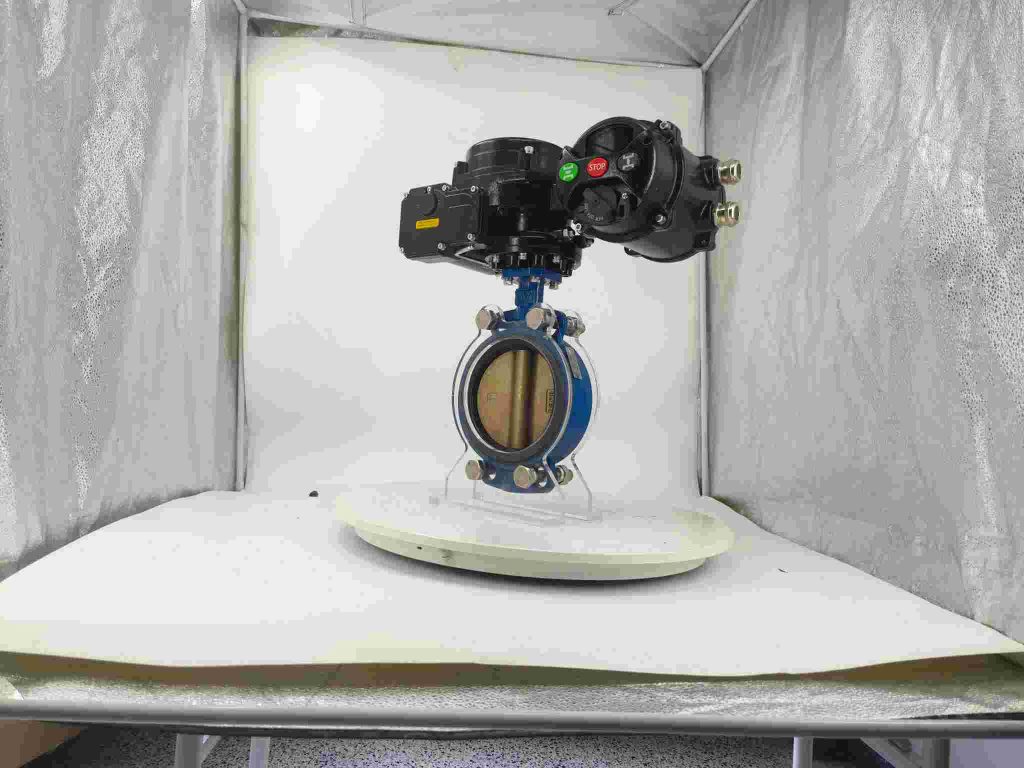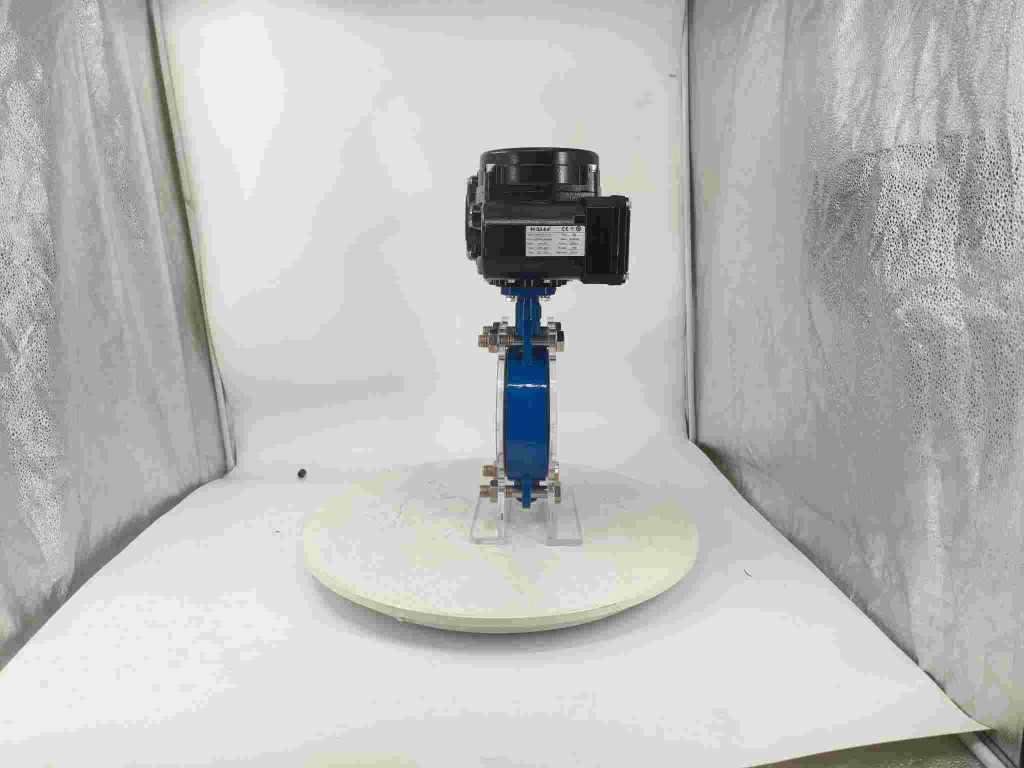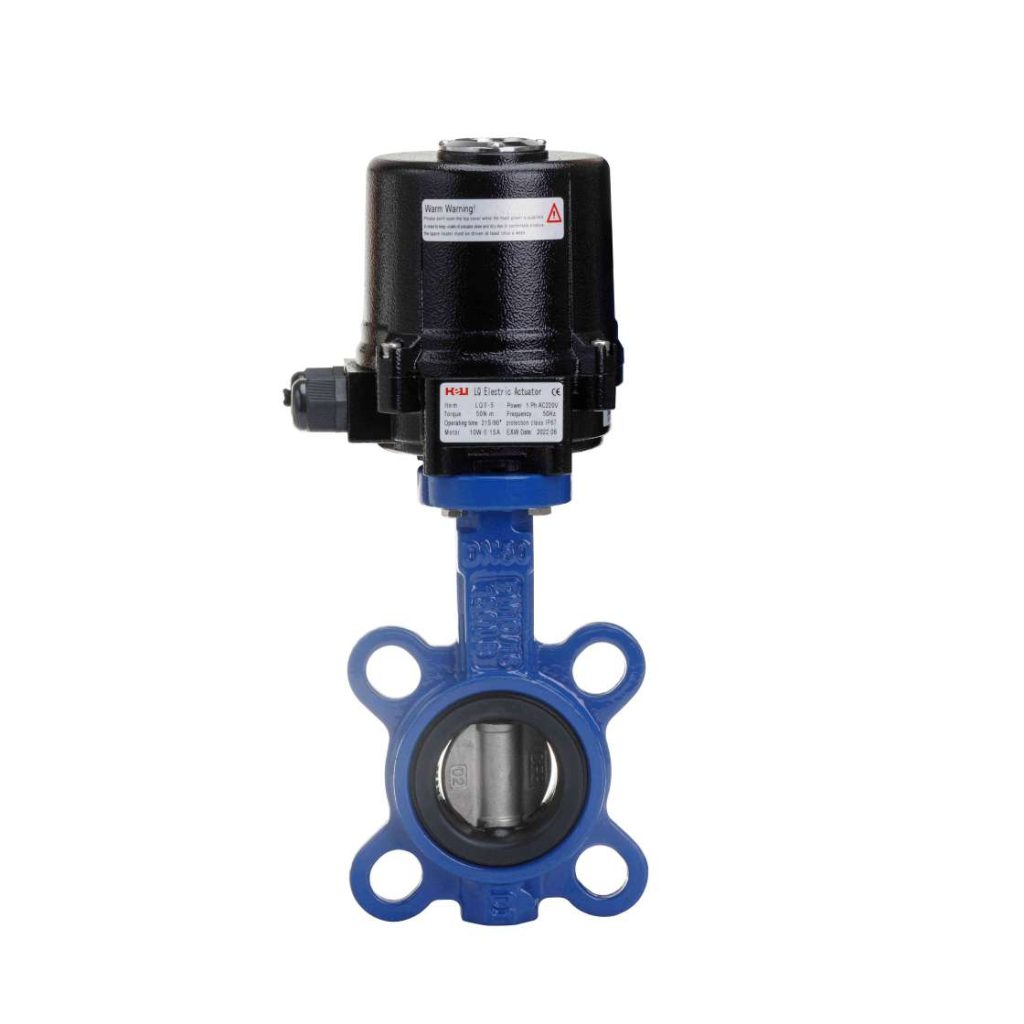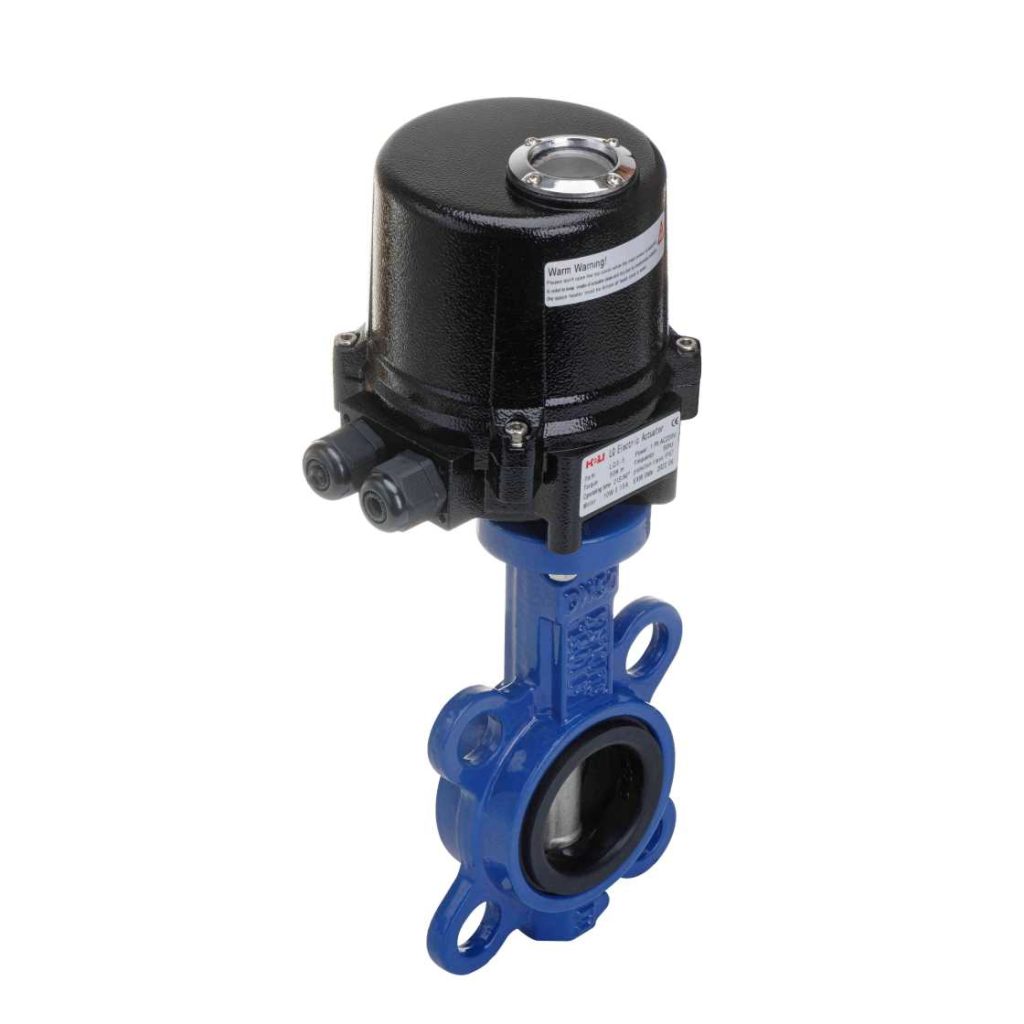In the world of home automation, seamless connectivity and interoperability between various devices have always been a challenge. However, the introduction of standards like Matter and Zigbee is gradually making this vision a reality. One notable device that embodies the fusion of these two technologies is the Matter Certified Zigbee Relay. This device is an essential component for modern smart homes, offering enhanced compatibility, efficiency, and ease of use.

What is Matter Certified Zigbee Relay? A Matter Certified Zigbee Relay is a smart device that integrates both the Matter protocol and Zigbee technology. Matter, developed by the Connectivity Standards Alliance (CSA), is an open-source and royalty-free connectivity standard designed to improve the compatibility between various smart home ecosystems. This includes popular platforms like Apple HomeKit, Amazon Alexa, Google Assistant, and others. On the other hand, Zigbee is a widely used communication protocol in home automation, known for its low-power, short-range wireless communication capabilities.



